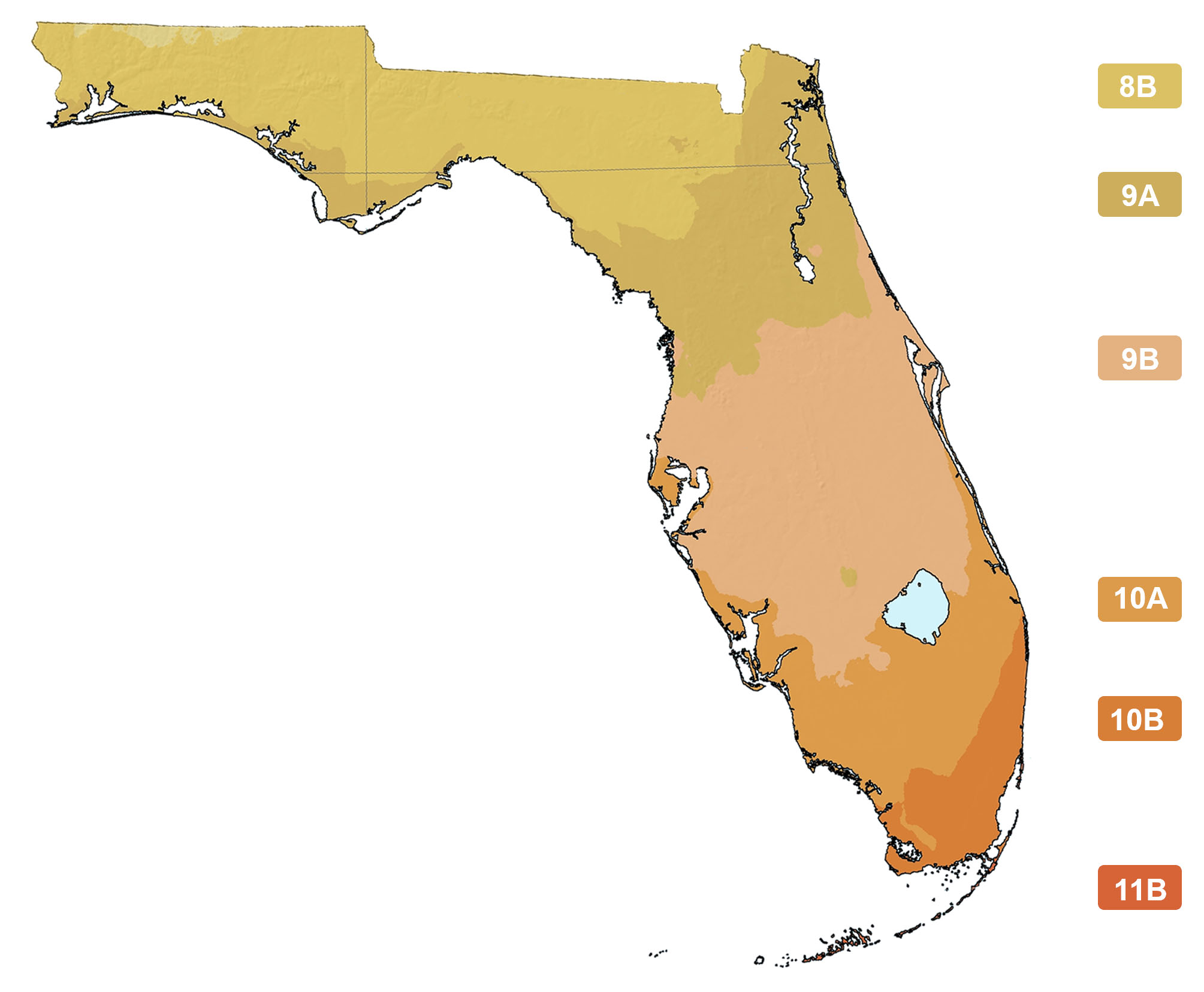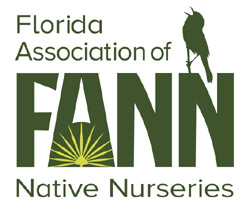Asimina pygmea
Photographs belong to the photographers who allow use for FNPS purposes only. Please contact the photographer for all other uses.
Dwarf Pawpaw, Gopherberry
Annonaceae
Plant Specifics
| Form: | Shrub | |
| Size: | 1.5 - 2.0 ft tall by 1 - 1.5 ft wide | |
| Life Span: | Long-lived perennial | |
| Flower Color: | White,red,green | |
| Fruit Color: | Green | |
| Phenology: | Blooms in late spring | |
| Noted for: | Showy flowers, Showy fruits |
Landscaping
| Recommended Uses: | Specimen plant. | ||||||||||||||||||||||||||||||||||||||||||
| Considerations: | difficult to establish because of long taproot. | ||||||||||||||||||||||||||||||||||||||||||
| Propagation: | Usually grown from nursery stock. Difficult to transplant, minimize root disturbance and keep moist until established. Can be grown from seed. | ||||||||||||||||||||||||||||||||||||||||||
| Availability: | Seed | ||||||||||||||||||||||||||||||||||||||||||
| Light: | Full Sun | ||||||||||||||||||||||||||||||||||||||||||
| Moisture Tolerance: |
always floodedextremely dry |
||||||||||||||||||||||||||||||||||||||||||
| (Somewhat moist, no flooding ----- to ----- Somewhat long very dry periods) | |||||||||||||||||||||||||||||||||||||||||||
| Moisture Tolerance: | Somewhat moist, no flooding ----- to ----- Somewhat long very dry periods | ||||||||||||||||||||||||||||||||||||||||||
| Salt Water Flooding Tolerance: | Not salt tolerant of inundation by salty or brackish water. | ||||||||||||||||||||||||||||||||||||||||||
| Salt Spray/ Salty Soil Tolerance: | Low/no tolerance of salty wind or direct salt spray | ||||||||||||||||||||||||||||||||||||||||||
| Soil or other substrate: | Sand | ||||||||||||||||||||||||||||||||||||||||||
| Soil pH: | 5.0 - 7.0 | ||||||||||||||||||||||||||||||||||||||||||
Ecology
| Wildlife: |
Birds and small wildlife consume the fruit. The fruit of dwarf pawpaw is sometimes called gopherberry because the fruit is eaten by gopher tortoises. | |
| Insects: | Larval host to the Zebra Swallowtail butterfly (Eurytides marcellus)and pawpaw sphinx (Dolba hyloeus). Pollinated by flies and beetles. | |
| Native Habitats: | Flatwoods, scrub, sandhill |
Distribution and Planting Zones
Natural Range in Florida
USDA Zones
Suitable to grow in:
8B 9A 9B

USDA zones are based on minimum winter temperatures
Comments
| Ethnobotany: | Edible fruit. | |
| General Comments: | Flowers range from maroon to maroon and white, to maroon and green mixed. One common name is gopherberry - because golpher tortoise eat the fruit. |







